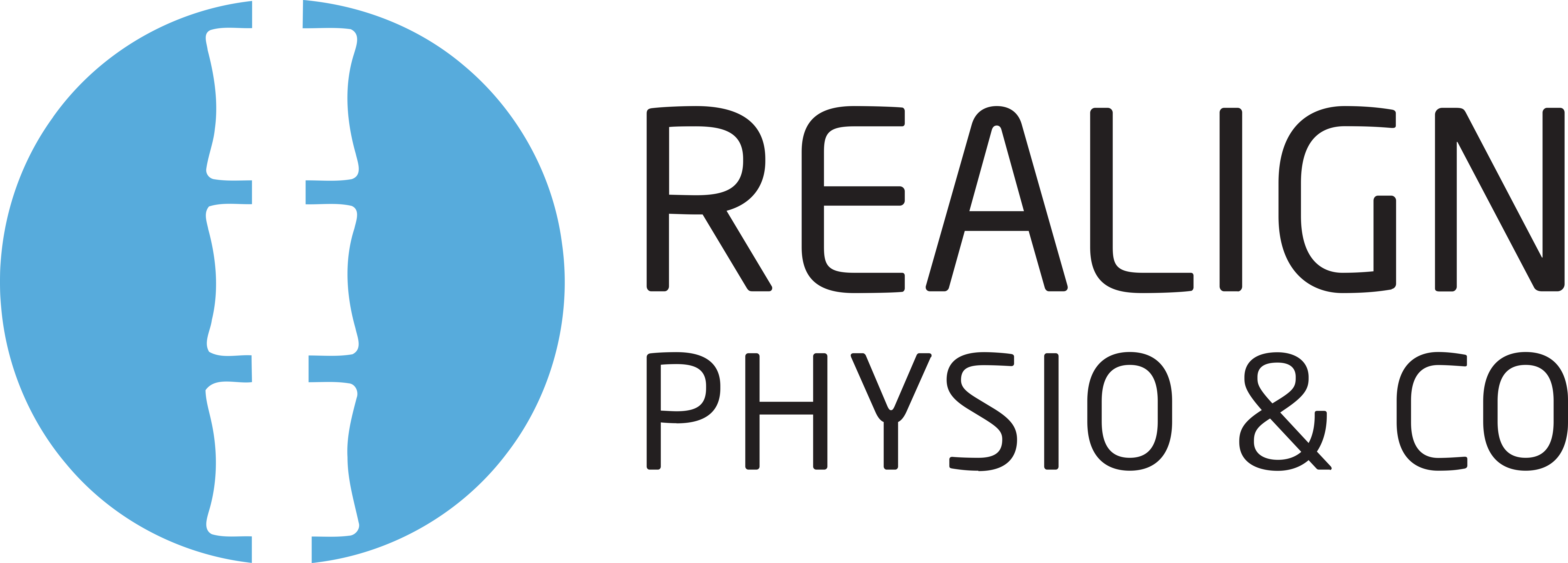At Realign, we are dedicated to delivering exceptional care to individuals of all levels, from athletes to weekend warriors, with the goal of ensuring a complete return to pre-injury activities. Our Sports Physiotherapist possesses extensive experience working with elite athletes across a range of sports, including rowing, soccer, beach volleyball, triathlon, marathon, and mixed martial arts.
We prioritize evidence-based practice to optimize performance enhancement and minimize the risk of re-injury. By staying at the forefront of the latest research and techniques, we provide our clients with cutting-edge treatments and interventions.
Throughout your recovery journey, our Sports Physiotherapist will address various aspects to facilitate your rehabilitation. This includes managing pain and swelling, enhancing muscle strength, and improving motor control. By tailoring a comprehensive treatment plan to your specific needs, we aim to optimize your recovery and help you regain full functionality.
Our approach goes beyond symptom management. We aim to address the underlying causes of your injury, working collaboratively with you to identify and correct any imbalances or weaknesses. This holistic approach ensures a more sustainable and long-term recovery, reducing the likelihood of future injuries.
We understand the importance of returning to your pre-injury activities and performing at your best. Whether you're a professional athlete or simply passionate about your sport, our Sports Physiotherapist is here to support you every step of the way.
Experience the exceptional care and evidence-based practice at Realign.
Schedule an appointment with our Sports Physiotherapist today and take the first step toward a successful recovery and optimal performance.
Football (“soccer”) injuries
Soccer is a contact sport with loads of sprinting and cutting, jumping and explosive movements such as kicking a ball. Each of these can lead to a different type of injury, from an ankle or knee sprain to a muscle injury or a ligament injury. Aside the goal keepers injuries (hand and wrist), the lower limb is the most affected body part. Hamstring and calf strains are the most common type of muscle injury. Groin pains are usually due to an imbalance between inner thigh muscles strength (adductor) and hip mobility and strength, but it can also be a referred pain from a hip injury (i.e. labral tears or cam injuries). The knee is the most common site of pain, coming from the patellar femoral joint (PFP, i.e chondromalacia), patellar tendon, collateral ligaments, or from internal structures in the knee, such as the meniscus or the ligaments ACL/PCL. Ankle injuries are usually from sprains, and you can read more about it here (link to ankle sprain). Treatment will vary on the site location and severity. When acute injuries such as a cork (contusion in the muscle) or a sprain, physiotherapy would focus primarily in reducing pain and inflammation and restoring movement; when pain is not due to an acute injury, like muscle cramps, or knee pain or patellar or Achilles tendinopathy, treatment should focus not only on manual therapy techniques but also on exercises to build capacity and reduce recurrences. Understanding the biomechanics of the sport and the most common injuries, a preventive exercise program can be implemented to help reduce the risk of injuries, along with understanding your body’s current capacity and how to build it up.
